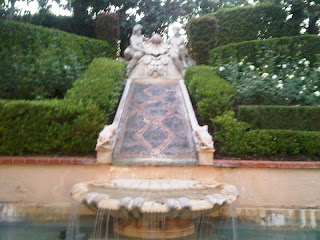Over a hundred and thirty thousand
people attended this year’s Comic-Con convention in their enthusiasm to
submerge themselves in the spirit of “geekhood”. Comic enthusiast contributed $203
million and booked over 378,000 rooms in the area over the past three years (1).
This means big windfalls for hotels, restaurants and other businesses in the
area.
There are two benefits from Comic-Con that helped to steer a
course for San Diego. The first is the immediate benefits to local businesses
and the second is the long-tail of marketing of San Diego to the world. Businesses
may see a short burst of revenue but also may find their environment improving
over the long-run.
Sometimes people need an excuse to see the beauty of San
Diego. Conventions such as Comic-Con give young people a reason to visit San
Diego who might have otherwise have optioned for another place. Some of those
people will be impressed by the area and may come back for a vacation or
another time when a large event is being held.
Just in the same way as Comic-Con grew from a small event in
the 70’s, to the powerhouse draw of celebrities today, areas also grow in
appeal. Because we are creatures of habit, visiting once often perks our
interest into visiting again. The same mental processes occur in consumer
choices in events or any other buying behavior.
Some businesses will receive enough revenue during this
period that it makes a difference between hiring another employee and laying
off another employee during the year. Small businesses need this revenue to
increase their profit margins and make small changes in their expansion.
Hotels, restaurants, bars, retail, and other associated establishments should
have seen a spike in revenue.
Comic-Con offers value for the area and should be
encouraged. Whether we are concerned about marketing the area to the rest of
the world or getting a little extra cash into the hands of local businesses
owners the value of similar events cannot be underestimated. With San Diego’s
vacation weather it should be a popular option for future events.
